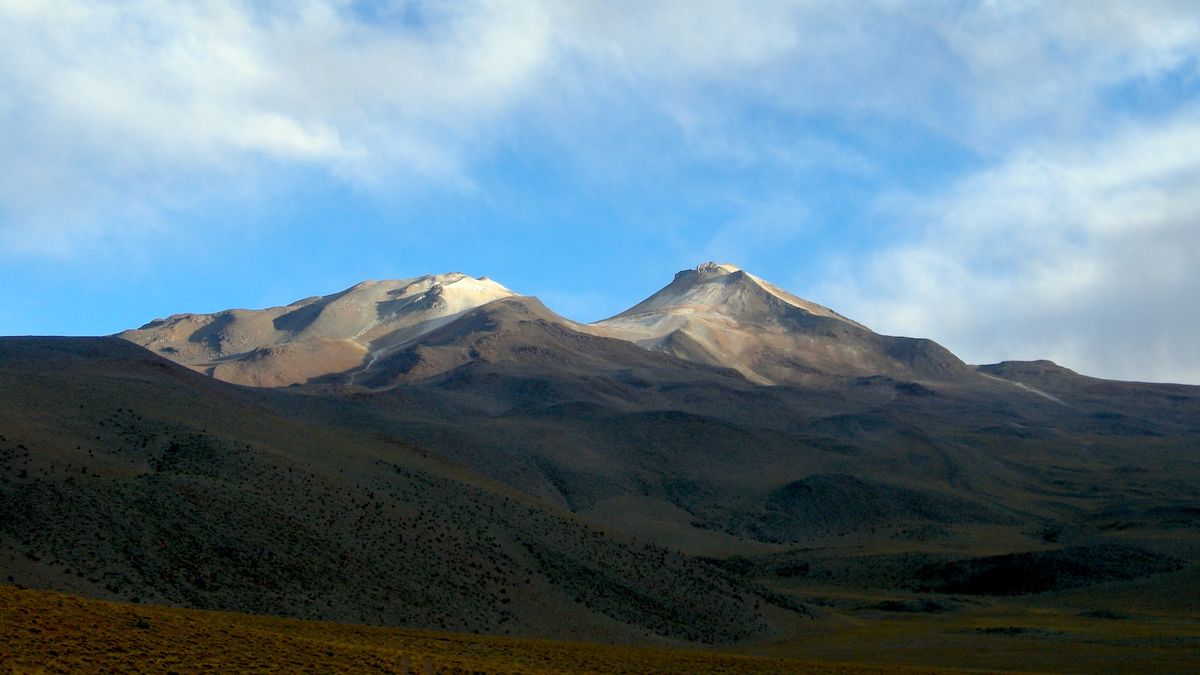
Tiny Water Bears Get Inked: The Bizarre Science of Tardigrade Tattoos
In a fascinating breakthrough that blends scientific curiosity with microscopic marvel, researchers have achieved something truly extraordinary: tattooing minuscule images onto tardigrades, those legendary microscopic creatures known for their incredible resilience and near-indestructible nature. Tardigrades, often called "water bears" or "moss piglets," are renowned for their ability to survive extreme conditions, from the depths of the ocean to the harsh vacuum of space. Now, scientists have taken these remarkable organisms and transformed them into living canvases, etching microscopic designs onto their tiny bodies. This groundbreaking technique not only showcases the incredible precision of modern scientific methods but also highlights the remarkable potential of these tiny, tough creatures. By delicately imprinting images at a microscopic scale, researchers have opened up a new frontier of biological art and scientific exploration. The process demonstrates the remarkable intersection of technology, biology, and creativity, turning these microscopic water-dwelling organisms into living works of art that can withstand conditions that would obliterate most other life forms.









